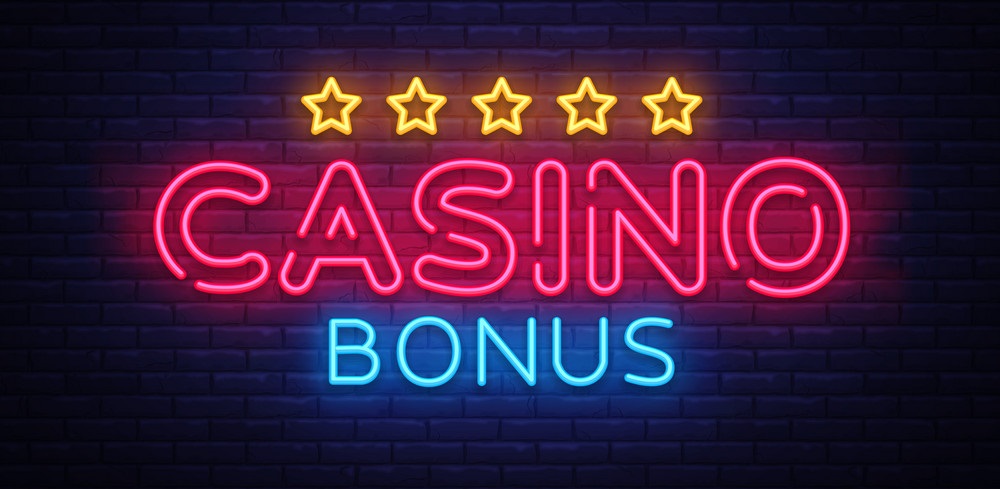
Imagine you’re playing the Mines game, a timeless game that challenges your strategic skills and quick thinking. It’s straightforward at first glance: click, uncover, and avoid the hidden mines. Yet each move demands sharp focus, altering it into a unforgettable mental exercise. Beyond its simple interface lies a complex blend of logic and chance that keeps you hooked. How does this minimalist game manage to engage numerous enthusiasts across generations? mines betting
Key Takeaways
- Mines game combines simple gameplay with deep strategic depth, making it distinctively engaging.
- Players balance logic and intuition to uncover hidden mines on the grid.
- The gameplay enhances cognitive skills like pattern identification and strategic thinking.
- Its delicate risk-reward system keeps players returning for fresh challenges.
- A vibrant community and competitive events foster sustained interest and skill development.
Origins and Evolution of the Mines Game
While it may seem like just another digital pastime, the Mines game has a deep fabric of history that highlights its tracxn.com enduring appeal.
You’ll find that its historical development traces back to the beginnings of computing, emerging as a staple on numerous operating systems. Designed initially as a challenging challenge, it became an natural gateway into the digital domain, bridging casual players with complex strategies.
Its cultural significance is significant, serving as both educator and entertainer. By juxtaposing simplicity with depth, it became a cherished icon in the gaming world.
The Mines game invites you to unearth mines with wisdom and wit, creating a harmonious dance of tension and satisfaction that liberates your strategic mind from constraints.
Understanding the Core Mechanics
To truly excel in the Mines game, one must explore its core mechanics, where simplicity and complexity merge with captivating elegance.
You’re thrust into a grid, where every click is a step into the unseen. The game rules are deceptively simple: numbers unveil themselves, hinting at hidden mines. Each number forewarns of impending peril nearby. Your primary objective? To clear the field without detonating a mine.
Invites you to dance with danger, weighing intuition with logic.
In this complex web, player objectives serve as both a challenge and liberation. Successfully maneuvering this maze means welcoming uncertainty, turning each bold move into a demonstration of your strategic prowess.
Discover the mysteries, and find out why the Mines game is impossible to forget.
Strategies to Master the Mines Game
Anyone entering the elaborate dance of the Mines game knows that mastering it requires more than sheer luck. Advanced techniques arise as the key to unveiling its secrets.
First, adopt the art of careful risk management. Assess the board like a strategist appraising the battlefield—each move either a deft maneuver or a misstep into chaos. Discern patterns and probabilities, and let intuition integrate with decision-making.
Avoid the lure of rash decisions; patience and timing are your allies. Evaluate the stakes before deciding, for high-risk moves can yield spectacular rewards or catastrophic pitfalls.
Psychological Impact and Player Engagement
Entering the world of the Mines game isn’t just about calculating risks—it’s also a journey into understanding the psychological impact it has on its players. With its challenging design, it pushes you into a state of heightened cognitive engagement. Your brain labors continuously, interpreting patterns and strategizing moves, enhancing memory retention in your daily life beyond the board.
You become more alert, finding nuanced clues that once escaped your notice, a skill that transfers into reality. The game’s attraction lies in the thrill of the unknown. Uncovering hidden tiles becomes a metaphor for life’s unpredictability, teaching you resilience in the face of surprises.
As you play, you navigate the fine line between caution and curiosity, a balance that promises liberation.
Comparing Digital and Board Game Versions
While both digital and board game versions of Mines offer unique experiences, each presents distinct advantages that appeal to different types of players.
Digital advantages include rapid setup, unlimited playtime, and evolving updates that keep the game fresh. However, board games evoke nostalgia and camaraderie, although they are limited by board limitations like space constraints and physical wear.
Consider the following:
- Digital versions offer instant updates, keeping gameplay fluid.
- Board games encourage face-to-face interaction and bonding.
- You can play the digital version anyplace, at any time.
- Board games might require more time to set up and pack away.
- Digital Mines eliminates the chance of losing game pieces.
In this comparison, your choice depends on whether you value spontaneity or tactile connection.
Community and Competitive Scene
As the Mines game grows in popularity, it’s the community and competitive scene that truly brings players together in unprecedented ways.
You find yourself amid lively community engagement, where each player’s strategy adds to a collective narrative. It’s not just about playing; it’s about becoming part of something larger.
In this exciting setting, competitive tournaments arise as the pinnacle of excitement. Here, skills clash and stories unfold, revealing the layers of the game you believed you understood.
The contending spirit fuels a yearning for personal freedom through proficiency, pushing boundaries and redefining what you thought was achievable. This energetic environment not only reinforces player bonds but also boosts the Mines game to a societal event, hard to forget.


